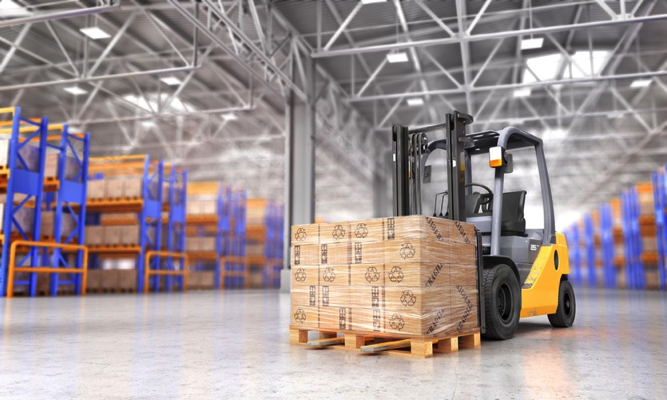Pandemic has made the economy’s climate pretty unstable, and businesses are required to go the extra mile to strategize their operations and achieve desired productivity levels. On the other hand, the competition is reaching high, and warehouses are finding themselves trapped into spending on things that are not even required.
The quality of materials is, of course, important. But so is the outflow of your hard-earned money. If you haven’t been taking that seriously yet, you must do now. To maximize your profits, keep the optimization of warehouse costs as your priority. Take care of your inventory and direct your efforts towards customer bliss. That is the only way your business can thrive.
Now, if you are motivated enough to put your warehouse on the track of spending less and earning more, let us discuss the top six ways that can help you fulfilling your goal –
- Optimize Storage Space
Acquiring land for storing your products is a huge expense, so you want to make sure it is worth each penny. Buying larger spaces may not be possible for all businesses or distributors, but optimizing the existing space is.
You can build lean aisles and sort your inventory by aisle dimension required for machinery access. Racking is another great option allowing more storage per square footage.
- Have Inventory Visibility
Inventory visibility across your entire supply chain helps to locate goods and unsold stocks in the warehouse. But when overlooked by business owners, it becomes extremely frustrating and time-consuming as you cannot rely on an employee’s memory or presence.
So, if you want increased efficiency, controlled stock levels, and successful demand fulfillment – all at lower warehouse costs, you need to improve your inventory visibility.
- Prevent Theft
Stocks worth billions of dollars are lost in the warehouses every annum. Some get damaged and misplaced, and some are stolen away. All these things cause inventory shrinkage that, in return, takes a toll on your cash flows.
Preventing theft in a warehouse is a big task on its own. So, pay attention to unmatched stock levels, staff rumors about theft, missing invoices, and other red signals. Opt for strict measures.
- Enable Cross Docking
In the cross-docking procedure, products from a supplier are transferred directly to a customer with little to no handling or storage time. The name ‘cross docking’ itself is self-explanatory – there is receiving from one dock and distributing across the other dock.
Using this eliminates the need for a middleman and saves time on production management and money on storage, delivery, labor, and other costs.
- Integrate Industrial IoT
In this digital era, everyone and everything is connected to the internet. However, warehousing processes still rely on traditional operations causing endless delays in shipping, communication gaps, and an increase in costs. This is where the concept of IIoT comes in.
With Industrial IoT software, it becomes easy to manage each aspect of the warehouse, from inventory to maintenance, and reduce the wastage of resources and management costs.
- Focus on Energy-Efficiency
Electricity accounts for one of the major chunks of warehouse expenses. Lighting, heating, and running machines contribute to high energy expenditures, making the best targets for long-term savings at the same time.
Regular maintenance of HVACs, repair of any gaps in the doors, use of LED lights, installation of windows and automatic flush flow toilets can help control the energy usage.

